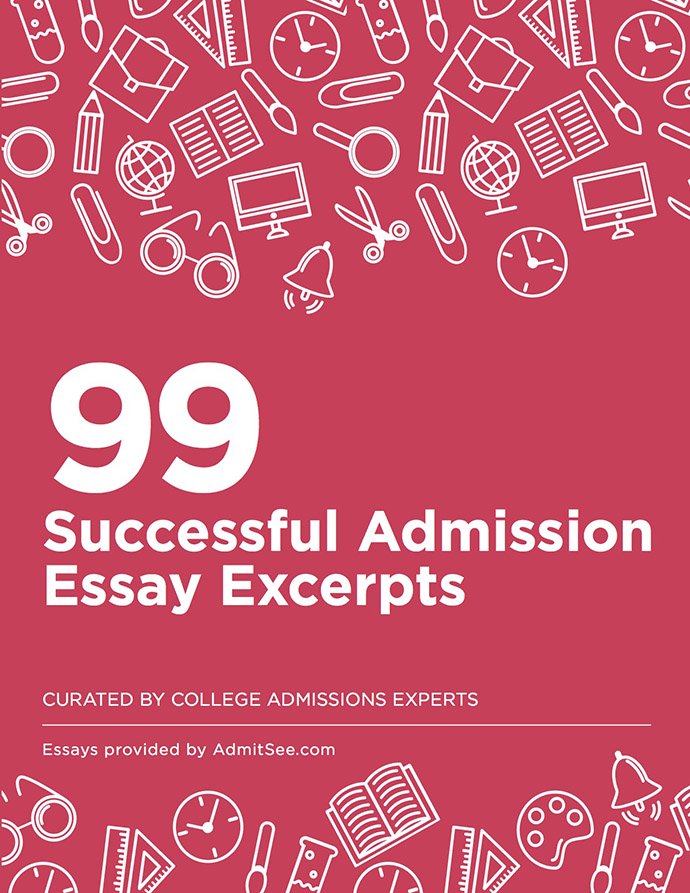According to the National Center for Education Studies, there are over 2,850 four-year colleges in the United States. Yet as the application season approaches, college-bound juniors will begin whittling down these innumerable options to lists of just 5 -10 schools. How will they decide? Check out this list of important factors to consider!

Location: First, location matters. There are any number of questions you should ask yourself, but here are a few: Will I go home for holidays (if yes, which ones)? What about long-weekends? How much will it cost to go home? How often will friends & family visit? These questions are important to answer – I’ll wager that nearly all freshmen experience some degree of homesickness (myself included), for which familiar faces are a major relief. But even more mundane questions, like “How is the weather?” can affect your choices (Note: It’s always a good idea to visit schools in the winter). In my experience, most applicants will narrow their choices by distance, region, state or even city for one reason or another. For example, I limited my search to schools in the Northeast & Mid-Atlantic to be closer to home. College visits are an especially important part of your decision-making process, so applying to schools that you will never visit (i.e. too far away, etc.) may not be a good idea.
Size: What size school will you choose? For this criteria, it’s about “fit” and resources. Some people prefer smaller, more intimate schools (e.g. Amherst, Haverford, etc.) with only several thousand undergrads. Others prefer larger schools with top research facilities, athletic programs, etc. That being said, at larger schools you may have more lectures, which can have hundreds of students versus the popular seminar format employed by smaller schools (mostly liberal arts).
Admission Rate: This one may seem obvious, but a school’s rate of acceptance is a key determinate in whether you list it as a “safety” or “reach” option. Admission to the nation’s top schools is notoriously difficult, so choosing other top schools (Top 30) as your “safeties” is probably not a good idea, no matter how qualified you are. Keep in mind that “safety” schools are supposed to be acceptable fallbacks that you can likely get into, but would be content attending. Don’t pick a place where you will be miserable!
Curriculum: If you have a certain career in mind, you may want to consider specific schools that specialize in different programs. For example, Cornell has a world-renowned hospitality program, whereas Georgetown’s School of Foreign Service is a must-go for diplomats. Keep in mind graduate or 5-year programs as well – some colleges will let undergrads complete a BS / MS in 5 years instead of the normal 6 years, saving you time and money.
Size of Campus: Finally, one factor many people probably don’t think about is just how big the campus is. As a student, I can confirm that a great deal of your time is spent simply trekking to and from class, dining halls, dorm rooms, the gym, club meetings, the library, etc. Make sure you think about how the weather (i.e. snow) will affect your ‘commute’. Also, some colleges actually have satellite campuses (e.g. Duke or Boston College) that may be quite some distance from the main campus. Incoming freshmen are usually housed on such campuses, so make sure to pay close attention to tour guides – lest you find out upon enrolling that you have a 15 minute shuttle to classes each day.
Choosing where to go to college is an incredibly important decision. Make an informed choice by talking to current students on our mentorship platform. Access 60,000+ successful college application files uploaded by college students (they get paid when you view them). AdmitSee is a community of students helping students. Our goal is to bring much-needed transparency to higher education.
















 Back
Back